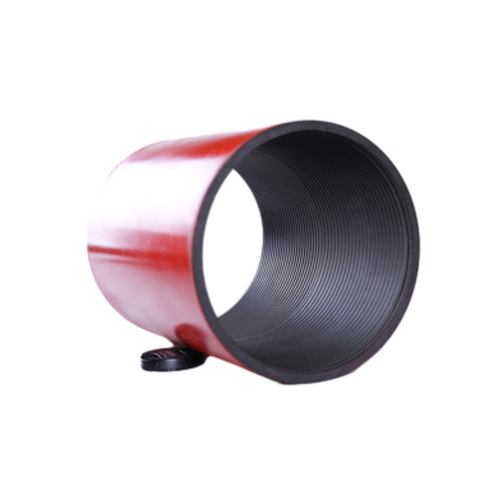- Afrikaans
- Albanian
- Amharic
- Arabic
- Armenian
- Azerbaijani
- Basque
- Belarusian
- Bengali
- Bosnian
- Bulgarian
- Catalan
- Cebuano
- Corsican
- Croatian
- Czech
- Danish
- Dutch
- English
- Esperanto
- Estonian
- Finnish
- French
- Frisian
- Galician
- Georgian
- German
- Greek
- Gujarati
- Haitian Creole
- hausa
- hawaiian
- Hebrew
- Hindi
- Miao
- Hungarian
- Icelandic
- igbo
- Indonesian
- irish
- Italian
- Japanese
- Javanese
- Kannada
- kazakh
- Khmer
- Rwandese
- Korean
- Kurdish
- Kyrgyz
- Lao
- Latin
- Latvian
- Lithuanian
- Luxembourgish
- Macedonian
- Malgashi
- Malay
- Malayalam
- Maltese
- Maori
- Marathi
- Mongolian
- Myanmar
- Nepali
- Norwegian
- Norwegian
- Occitan
- Pashto
- Persian
- Polish
- Portuguese
- Punjabi
- Romanian
- Russian
- Samoan
- Scottish Gaelic
- Serbian
- Sesotho
- Shona
- Sindhi
- Sinhala
- Slovak
- Slovenian
- Somali
- Spanish
- Sundanese
- Swahili
- Swedish
- Tagalog
- Tajik
- Tamil
- Tatar
- Telugu
- Thai
- Turkish
- Turkmen
- Ukrainian
- Urdu
- Uighur
- Uzbek
- Vietnamese
- Welsh
- Bantu
- Yiddish
- Yoruba
- Zulu
Understanding Casing Pup Joints in Oil and Gas Operations for Enhanced Efficiency
Casing, Pup Joints, and Their Significance in Oil and Gas Operations
In the oil and gas industry, the integrity and efficiency of drilling operations are paramount for successful extraction. One of the critical components that plays a vital role in achieving this is the casing and pup joint system. Understanding these elements is essential for any operation aiming for both safety and effectiveness.
What is Casing?
Casing is a series of steel pipes that are inserted into a drilled wellbore to stabilize the well. It helps prevent the walls of the wellbore from collapsing, protects the groundwater from contamination, and supports the overall structural integrity of the well. The casing also serves several purposes, such as isolating different geological formations, preventing the escape of fluids, and facilitating the production of hydrocarbons.
Casing comes in various sizes and weights, tailored to the specific conditions of the well. Common casing types include surface casing, intermediate casing, and production casing, each serving different functions at various stages of the drilling process.
What are Pup Joints?
Pup joints are short lengths of pipe that are used to connect different sections of casing or tubing. Typically ranging from 2 to 10 feet in length, pup joints are essential when a slight length adjustment is needed in the drilling operation or when reaching specific depths. They allow for the fine-tuning of the equipment, ensuring that the casing string is accurately positioned within the wellbore.
Pup joints can be particularly useful in situations where standard lengths of casing or tubing don’t fit; they act as filler pieces, allowing operators to bridge small gaps without the need to modify larger sections of casing or tubing. They can be manufactured from various materials and diameters, similar to regular casing.
casing pup joint

Significance of Casing and Pup Joints
1. Well Integrity and Safety The primary function of casing is to ensure that well integrity is maintained throughout the life of the well. This is particularly critical in preventing blowouts and environmental contamination. The addition of pup joints allows for greater flexibility in achieving the necessary depth and alignment, further enhancing well safety.
2. Operational Efficiency Casing and pup joints contribute to the overall efficiency of drilling operations. Their proper use minimizes the likelihood of operational delays caused by equipment mismatch or the need for custom solutions to adjust lengths. The ability to quickly add or remove pup joints makes it easier to make on-the-fly adjustments during drilling.
3. Cost Effectiveness Using pup joints can lead to significant cost savings. Instead of purchasing new sections of casing or tubing, operators can use pup joints to achieve the desired configuration. This not only reduces material costs but also lowers labor costs associated with complex reconfiguration of the entire casing system.
4. Enhanced Production Efficient casing systems, complemented by the strategic use of pup joints, can lead to better hydrocarbon recovery rates. By ensuring optimal placement of the casing, the flow of oil or gas can be maximized, resulting in increased productivity and profitability.
Conclusion
Casing and pup joints are indispensable components of modern drilling operations in the oil and gas industry. They provide essential support, safety, and flexibility required to navigate the complexities of subterranean environments. A thorough understanding of these components is crucial for engineers and operators alike, as they strive to optimize drilling efficiency while maintaining the highest safety standards. As technology continues to advance, the role of casing and pup joints will undoubtedly evolve, but their fundamental importance in well construction and integrity will remain constant. In an industry where precision and reliability are critical, the effective use of casing and pup joints will always be a cornerstone of successful oil and gas operations.
-
Tubing Pup Joints: Essential Components for Oil and Gas OperationsNewsJul.10,2025
-
Pup Joints: Essential Components for Reliable Drilling OperationsNewsJul.10,2025
-
Pipe Couplings: Connecting Your World EfficientlyNewsJul.10,2025
-
Mastering Oilfield Operations with Quality Tubing and CasingNewsJul.10,2025
-
High-Quality Casing Couplings for Every NeedNewsJul.10,2025
-
Boost Your Drilling Efficiency with Premium Crossover Tools & Seating NipplesNewsJul.10,2025







